To what extent can a screw thread be called a fine thread? Let's define it this way: the so-called coarse thread can be defined as a standard thread; Fine thread, on the other hand, is relative to coarse thread. Under the same nominal diameter, the number of teeth per inch varies, which means the pitch is different. The coarse thread has a larger pitch, while the fine thread has a smaller pitch. The so-called coarse thread actually refers to standard threads. Without special instructions, the stainless steel screws and other fasteners we usually purchase are coarse threads.
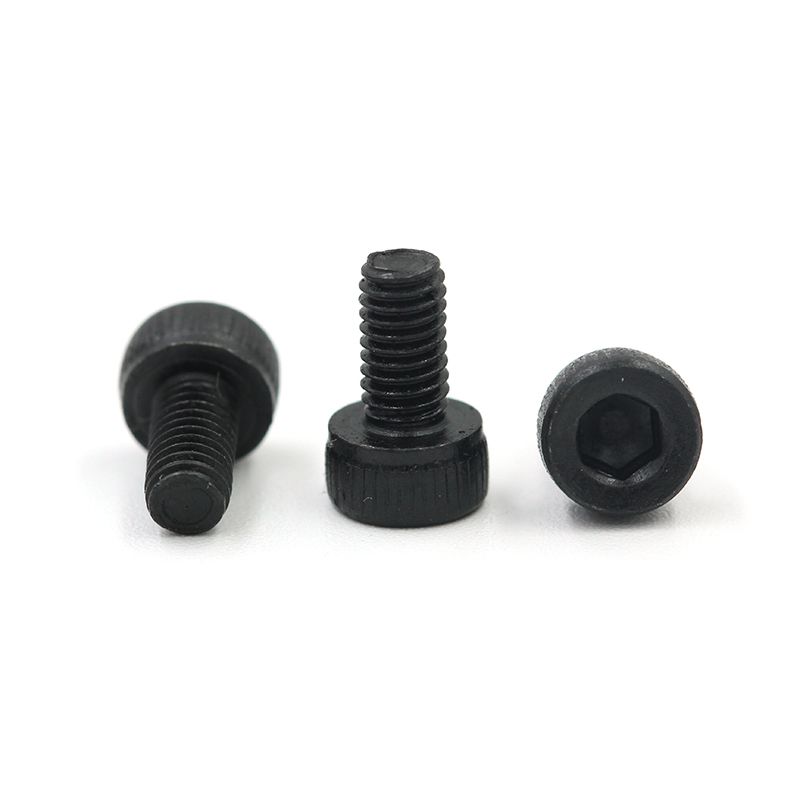
The characteristics of coarse thread screws are high strength, good interchangeability, and comparable standards. Generally speaking, coarse thread should be the optimal choice; Compared to fine pitch threads, due to the large pitch and thread angle, the self-locking performance is poor. In vibration environments, it is necessary to install lock washers, self-locking devices, etc; The advantage is that it is easy to disassemble and assemble, and the standard components that come with it are complete and easily interchangeable; When labeling coarse thread, there is no need to label the pitch, such as M8, M12-6H, M16-7H, etc., mainly used for connecting threads.
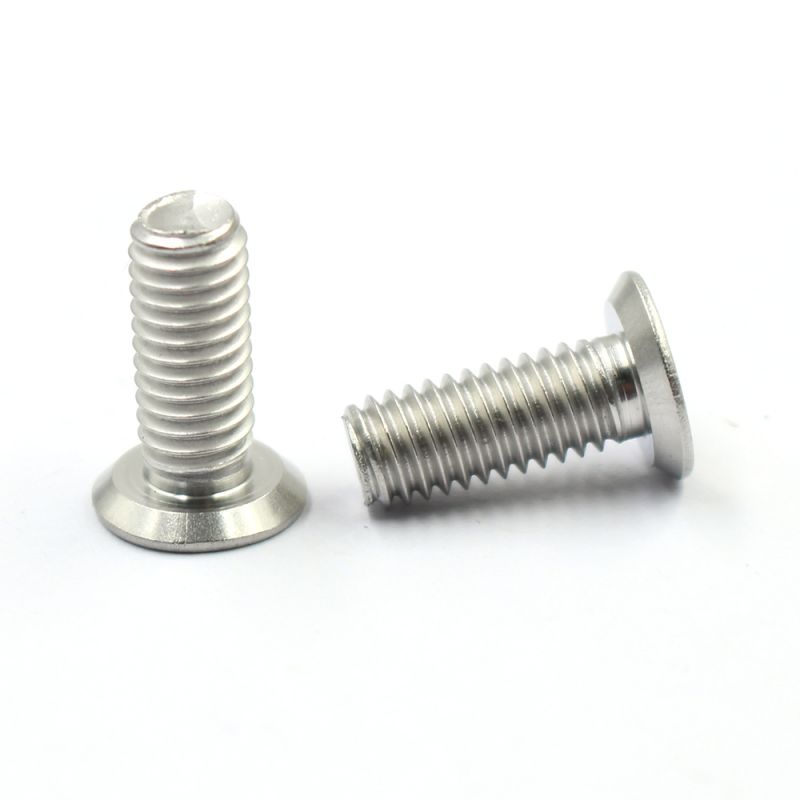
Fine teeth and coarse teeth are exactly the opposite, and are specified to supplement the special usage requirements that coarse teeth cannot meet. Fine teeth threads also have a pitch series, and the pitch of fine teeth is smaller. Therefore, its characteristics are more conducive to self-locking, anti loosening, and more teeth, which can reduce leakage and achieve sealing effect. In some precision applications, fine toothed stainless steel screws are more convenient for precise control and adjustment.
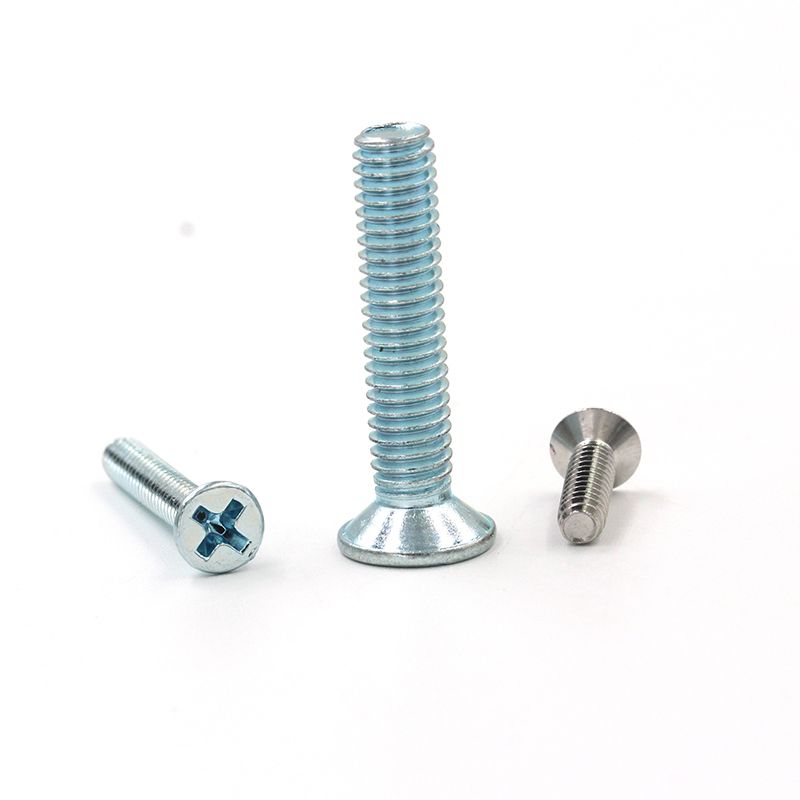
The disadvantage is that the tensile value and strength are relatively low compared to coarse teeth, and the thread is prone to damage. It is not recommended to disassemble and assemble multiple times. The accompanying nuts and other fasteners may be equally accurate, with slight size errors, which can easily cause simultaneous damage to screws and nuts. Fine thread is mainly used in metric pipe fittings in hydraulic systems, mechanical transmission parts, thin-walled parts with insufficient strength, internal parts limited by space, and shafts with high self-locking requirements. When labeling fine thread, the pitch must be marked to indicate the difference from coarse thread.
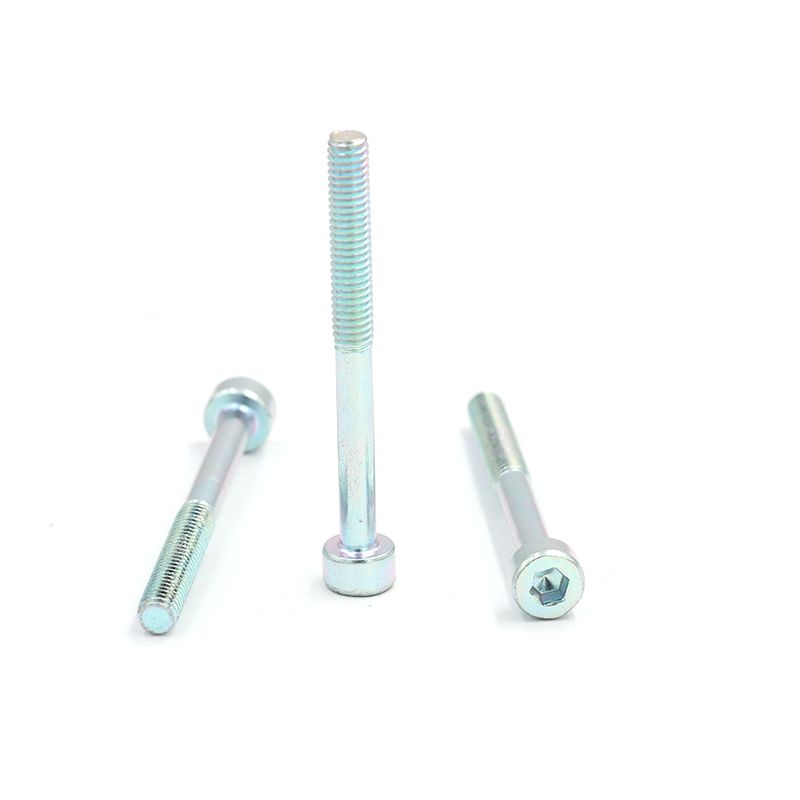
Both coarse and fine thread screws are used for fastening purposes.
Fine toothed screws are generally used to lock thin-walled parts and parts with high requirements for vibration prevention. Fine thread has good self-locking performance, therefore it has strong anti vibration and anti loosening ability. However, due to the shallow depth of thread teeth, the ability to withstand greater tensile force is worse than coarse thread.
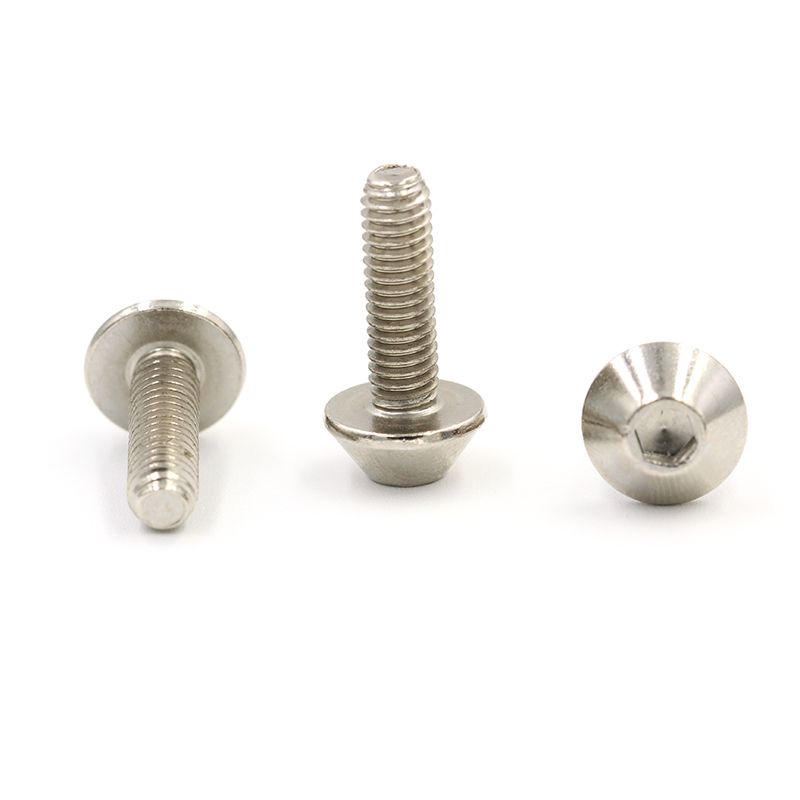
When no anti loosening measures are taken, the anti loosening effect of fine thread is better than that of coarse thread, and is generally used for thin-walled parts and parts with high anti vibration requirements.
Fine thread screws have more advantages when making adjustments. The disadvantage of fine thread is that it is not suitable for application on materials with excessively thick tissue and poor strength. When the tightening force is too high, it is easy to slip the thread.
Post time: May-19-2023








